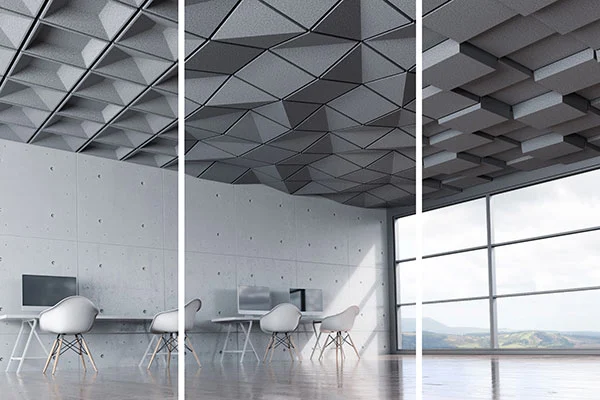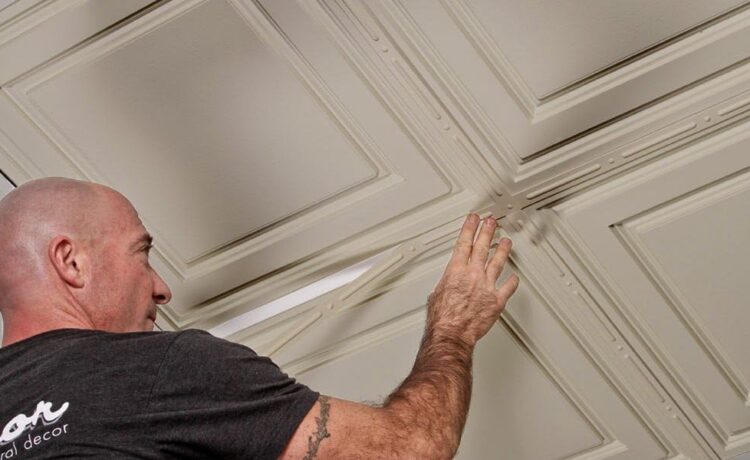When renovating or revamping your space, one crucial aspect that often flies under the radar is the ceiling. Yet, it plays a pivotal role in the overall ambiance and acoustic quality of any room. If you’re leaning towards incorporating suspended ceilings, you’re already on the path to combining aesthetics with practicality. In this ultimate guide, we’ll take you through selecting the perfect ceiling tiles, transforming any room from mundane to magnificent.
Understanding the Basics: What Are Ceiling Tiles?
Ceiling tiles, also known as ceiling panels, are lightweight construction materials used to cover ceilings. Positioned in an aluminum grid, they provide easy access to ducts and wiring and offer excellent acoustic properties. They come in a range of materials including fiberboard, metal, and even polystyrene, each serving different functional and stylistic purposes.
Materials Matter: Choosing the Right Type
Fiberboard Tiles
If budget and acoustic control are your primary concerns, fiberboard ceiling tiles may be your best choice. They are cost-effective, good sound absorbers, and come in various textures and patterns. However, they aren’t the most durable option and can sag over time if exposed to humidity.
Metal Tiles
For those desiring a more contemporary look, or are considering suspended ceilings in a commercial setting, metal tiles are perfect. Not only do they add a sleek, modern touch, they’re also highly durable and resistant to mold and mildew—ideal for environments like kitchens or bathrooms.
Polystyrene Tiles
Polystyrene tiles are the go-to for DIY enthusiasts. They are lightweight, easy to install, and can be painted to match any decor. While they offer a moderate level of noise insulation, their primary draw is the ability to quickly and inexpensively transform a space.
Design and Style: Aesthetic Considerations
The design of the ceiling tile can dramatically influence the look and feel of a room. For a traditional approach, consider using tiles with classic patterns that emulate plaster. For a modern space, sleek lines and minimalistic designs can complement the overall decor. Don’t forget, lighter colors make a room feel larger, while darker hues create a cozy, more intimate atmosphere.

Performance Factors: Acoustic and Moisture Resistance
Acoustic Performance
If controlling sound is a critical feature in your space, specifically look for acoustic ceiling tiles. These are especially beneficial in noisy environments or in buildings where sound transmission should be minimized, such like in offices and homes.
Moisture Resistance
In areas prone to high humidity, like bathrooms and basements, moisture-resistant tiles are a must. These specially designed tiles prevent mold growth and sagging, ensuring your ceiling stays in top shape longer.
Installation Insights
While professional installation is recommended for the best results, especially for intricate patterns or metal tiles, many ceiling tiles designed for suspended ceilings offer a relatively straightforward installation process. Ensure the grid system is correctly measured and securely in place before starting your installation to avoid any alignment issues.
Conclusion
Choosing the perfect ceiling tiles for your space is about balancing function with style. Consider the room’s requirements—be it moisture resistance, sound insulation, or aesthetic appeal—and pick a material and design that aligns with these needs. With the right choice, your ceiling will not only enhance the room’s character but also offer functional benefits, making it a true hero in home and office renovation.
Whether you’re going for understated elegance or a bold statement, the sky—or in this case, the ceiling—is the limit!













